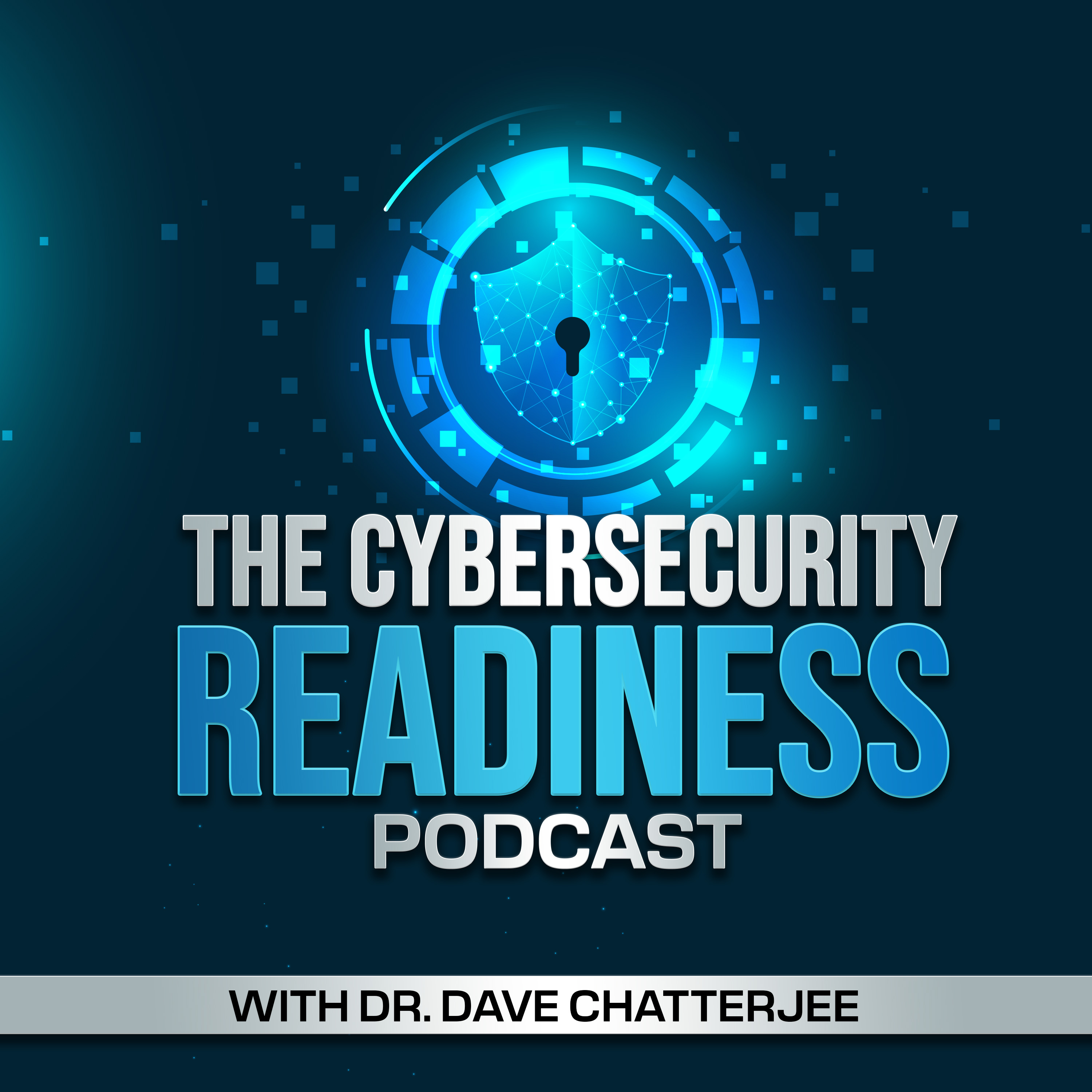Securely Migrating to the Cloud -- Insights from the American Cancer Society Experience
Description
As more organizations embrace cloud-based services, securely migrating to the cloud is becoming an important capability. Keith Weller, former Vice President, Enterprise Technology Services, American Cancer Society (ACS), spearheaded a highly successful migration initiative where they transitioned a 5000-square-foot donation processing on-premise data center to the cloud. Keith and his team completed the implementation on time (in eight weeks), under budget, and helped the organization realize savings of $18 million in real estate and $2 million in technology costs (projected over three years). In this podcast, Keith shares some highlights of this cloud migration best practice.
Time Stamps
00:49 -- Keith, share some highlights of your professional journey.
03:27 -- Provide the listeners with a context for what led the American Cancer Society to consider moving to the cloud.
07:56 -- Based on a discussion that we were having to plan this podcast, you mentioned that you will have to get it done in about three months. Is that correct?
11:03 -- Is there anything else that you would like to share, by way of highlights, when you all were planning the migration and then implementing it?
15:52 -- Talking about the security aspect of the migration, you mentioned following the NIST cybersecurity framework, and complying with the PCI DSS requirements. During our planning meeting, you shared some of the accomplishments under the categories of identify, protect, detect, respond, and recover. Would you like to provide listeners with certain specifics, like what they should be mindful of when they have to undertake such an initiative?
18:04 -- You mentioned the migration vendor. I'm sure listeners might be curious to know how to identify such a vendor. And what factors go into the selection process? And how valuable did you find their service?
20:59 -- For this particular migration initiative, you all decided to go with Microsoft Azure. I assume that is because American Cancer Society was heavily invested in the Microsoft platform, and it made logical sense to stay with the same ecosystem to reduce application dependency-related challenges. Is that what your advice will be for organizations looking to identify a suitable cloud service provider? How should they go about the cloud vendor selection process?
23:15 -- Keith, what is your thought on the challenges that I gleaned from the State of the Cloud report? Do you agree with them?
28:25 -- I think that maybe the SLAs should be written up in a manner and a fashion whereby there should be more joint responsibility and joint accountability. The service provider and client should work as a team to ensure the data is safe, and secure, and there's a constant review to ensure the security level and posture are being maintained. What are your thoughts?
31:57 -- Anything in particular that you want to touch upon in the context of the phased migration effort?
37:47 -- So Keith, I'd like to give you the opportunity to say a few final words before we close our discussion for today.
Memorable Keith Weller Quotes/Statements
"Being in the cloud actually makes it a lot easier to govern your security, have better visibility of your assets, and make quicker security improvements."
"If you're trying to do very challenging, time-constrained work, having everyone engaged and bought into the process is very important. And having a clear vision and goals is also important."
"It would be nice if the three big cloud providers were more engaged as a team, securing data and helping make sure that they partner with their customers to ensure that's done...
More Episodes
IBM recently reported a 71% year-over-year increase in attacks using valid credentials. This continued use of stolen credentials is also evident through ongoing public incidents like the string of attacks targeting Snowflake's customers that resulted in breaches at AT&T and Advanced Auto...
Published 11/20/24
Published 11/20/24
Accelerating into the cloud without caution often brings complexities that can cause more harm than good. Gartner has noted that cloud configuration errors cause 95% of cybersecurity breaches. With the rapid pace of cloud adoption, less time is spent ensuring systems are built and operated...
Published 11/01/24


